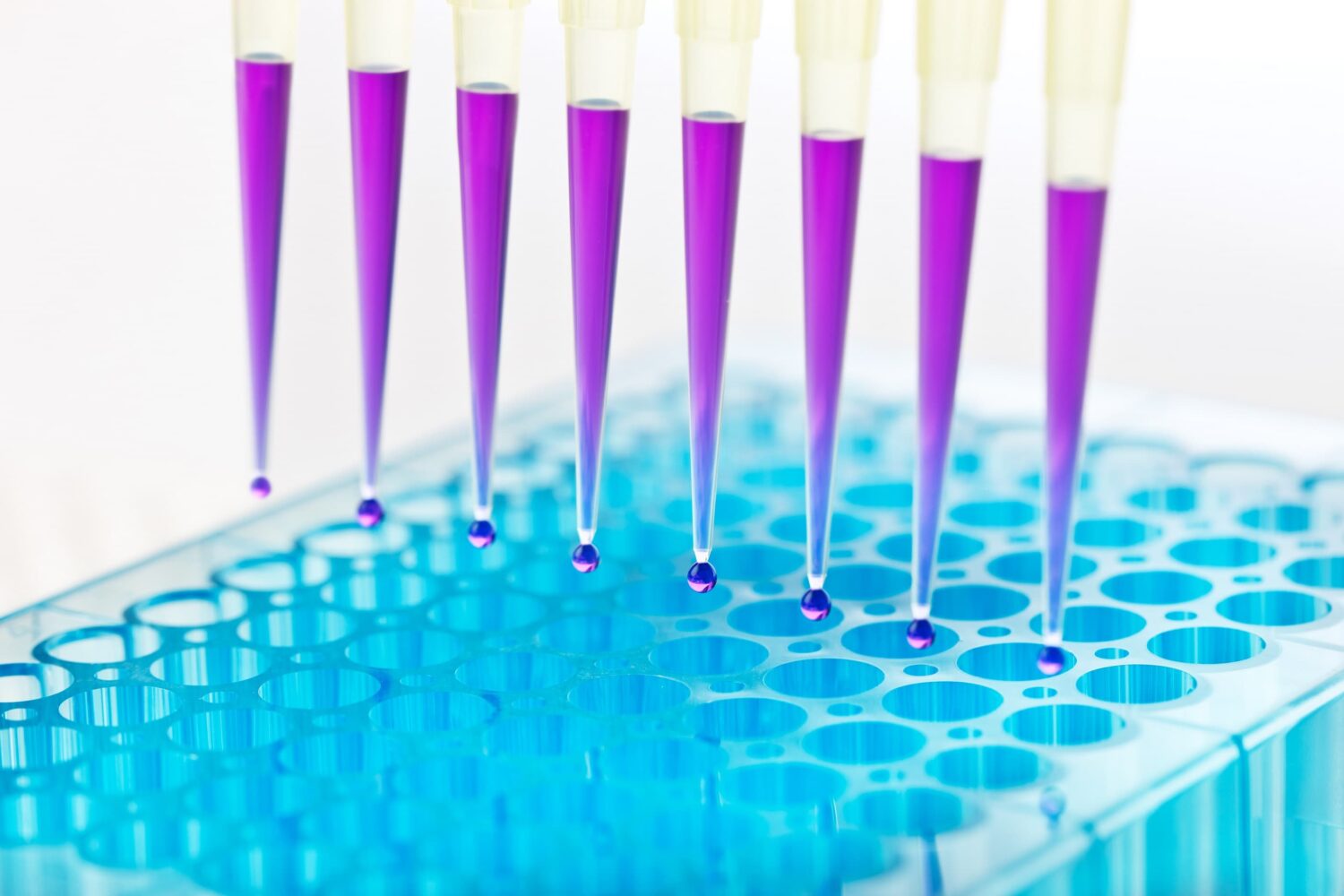The third part of this three-part post defines the difference between chemical degradation in biologics vs. small molecules. As shown in the previous two posts, biologics tend to be more complex than small molecules and that holds true with degradation.
For small molecules, chemical degradation pathways can usually be determined. Such pathways are less relevant to biologics. The breakdown of protein products also happens in generally predictable ways, but are naturally associated with the structural properties of proteins. There are physical degradation pathways that don’t involve chemical bonds and degradation pathways involving covalent bonds within the protein structure.
Degradation of biologics usually manifests in one of the following ways:
- Deamidation at asparagine or glutamine amino acid residues
- Isomerization at aspartic acid residues
- Oxidation at several susceptible amino acid residues
- Disulfide bond shuffling
- Denaturation by breakdown of tertiary or secondary structure
- Aggregation of individual protein molecules into
- Charge changes
- Hydroysis of glycoproteins.
To evaluate these structural and chemical changes, a wide variety of techniques are used. To see the extent of aggregation, size-exclusion chromatography is one technique commonly applied and generally accessible to quality control laboratories. Other techniques such as field-flow fractionation or analytical ultracentrifugation can be used as well, and access to orthogonal methodologies is an advantage that allows confirmation of the outcome of the analysis by a different technique, thus improving the analyst’s confidence in their conclusions.
Another category of physical degradation is in the breakdown of tertiary or secondary structure. Techniques like FTIR are useful in evaluating this type of breakdown. As is the case with many of the techniques applied to biologics, FTIR is highly useful in the analysis of small molecules, although perhaps with different targets for protein analysis.
For specific chemical changes in the protein, such as isomerization, deamidation and oxidation may be analyzed by techniques like ion exchange chromatography as well as liquid chromatography coupled with mass spectrometry (LC-MS). These analyses can provide protein mapping and reveal many structural changes.
